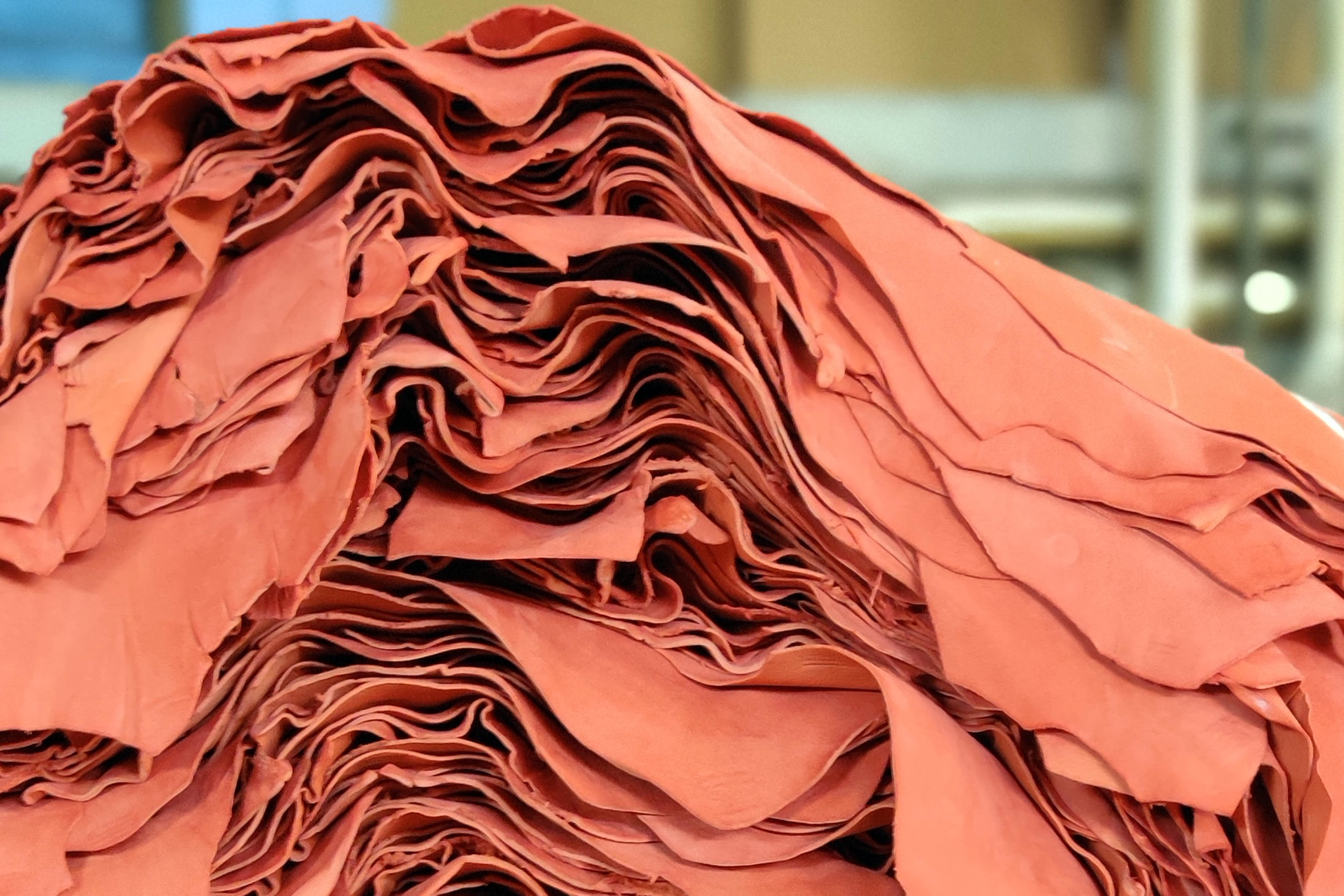News
Can real leather be sustainable ?
Can real leather be sustainable?
Everyone is crazy about sustainability. In the race by the top Luxury brands to use and develop leatherette materials and innovative fibres with acronyms such as “Veg”, “Eco”, “Bio” and “Cruelty Free”, leather as a raw material seems to have found fierce competitors. In this regard, Fabrizio Nuti, President of the Unione Nazionale Italiana Conciatori (National Union of Italian Tanners), stated during the association's last annual meeting: « […] [...] the demand for new and increasingly valid claims of sustainability from fashion or design ends up feeding unscrupulous marketing and inflating an inordinate amount of media attention. The reference is to all the innovative, bio-based materials that continue to appear on the market in open competition with leather».

Leather, yes or no?
The answer cannot be unequivocal because we must consider its entire life cycle: from the sourcing of raw materials to the finished products. Moreover, other parameters such as the impact the industry has on the workers in the supply chain and on consumers, the so-called corporate sustainability, also play a role. These quality standards also vary from country to country. For example, European industry and market regulations are quite different from those adopted in China, India, and Bangladesh, just to name the big global producers. According to research by market advisor Mordor Intelligence, the leather market will grow at an annual rate of 6% by 2025. A sign that, contradictions aside, leather will hardly be replaced by alternative materials.
Let's debunk some clichés
What is understood as leather as a raw material, contrary to common belief, it does not come from processing the skin of animals killed for this purpose. In fact, almost all the leather used in fashion manufacturing is a by-product of the butchering of mostly cattle, sheep, and goats. If the leather were not tanned, it would have to be disposed of in other, probably more impactful ways, after the meat of the animals has been processed. The leather industry therefore functions in direct proportion to the needs of the food industry: the higher the demand for meat and milk, the more waste leather is produced for the tanning industry. In addition, the quality of the leather is closely linked to the welfare of the animal, and this is not in line with intensive animal farming practices, one of the most controversial issues for environmental sustainability.













